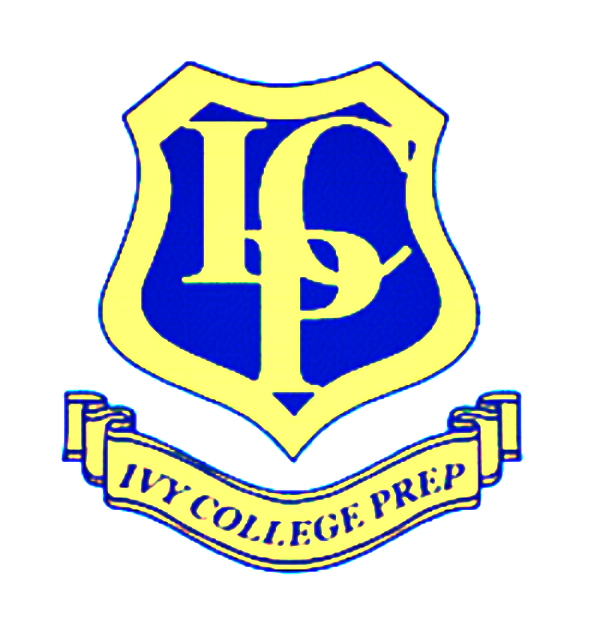The most discriminating purchasers of college services, college professors, are keen on sending their kids to liberal arts colleges. Why? Liberal arts schools are usually small, smaller than many high schools. Most are composed solely of undergraduates, meaning accessibility to professors is unmatched: professors know this.
Consequently, liberal arts colleges encourage and deliver many undergraduate research opportunities, even compared to major ‘research universities.’ Moreover, at the liberal arts colleges, professors teach introductory courses, with many interacting frequently with their students—and have countless informal meetings, which according the late Steve Jobs, are the most fruitful and memorable.
Regardless of all this professor access, many believe that attending a liberal arts college- to learn, read, write, analyze, communicate and think clearly will land students squarely in the unemployment line. Not according to Paul D’Arnieri , dean of the School of Liberal Arts and Sciences at University of Florida, “…liberal arts major can go into education, public policy, law, intelligence, as well as business--let’s not forget that many, many business leaders have liberal arts degrees.” (Fox Business 27 January 2012) Okay, but won’t the costs of these colleges saddle students with tens of thousands of dollars of debt? Certainly the sticker price of Swarthmore, Amherst, Pomona College, or Williams is over $50,000 a year, but there are alternatives.
Beyond the brand name private liberal arts schools there are a number of public liberal arts colleges. Many are a part of the Council of Public Liberal Arts Colleges (COPLAC) which consists of 27 public colleges spread among 24 states and a Canadian province. A full list can be found at http://www.coplac.org/members/. Four of these public liberal arts colleges are included in Fiske’s Best Buys of 2013, which is based on “the quality of their academic offerings in relation to the cost of attendance.” (Fiske Guide, 2013) These include the College of Charleston (SC), Evergreen State (WA), Truman State, (MO), and University of Mary Washington (VA). Two other public liberal arts colleges for those wanting to be closer to home include Sonoma State University, with a cost of attendance (COA) of just over $23,000 and Southern Oregon University (which is part of the Western University Exchange program, WUE), with a COA of $25,000.
Yet another public liberal arts college, University of Minnesota, Morris, which for some odd reason did not make the Fiske list, is truly an exceptional value. The college is located in the middle-western portion of Minnesota, fairly close to the North Dakota border. The 125-year-old campus has a 42-acre historic district set in the middle of its 130-acre campus. Equally interesting is the campus is well on its way to becoming carbon neutral, as it obtains over half its power from a municipal level wind turbine (another liberal arts school in Minnesota, Carleton, just installed its second wind turbine generator—a popular energy alternative in the land of 10,000 lakes).
Academically all students begin with a first-year seminar featuring a five-course core under the name of ‘Skills for the Liberal Arts.” Eight courses are then required spread among history, fine arts, social science, natural sciences, and ‘international perspectives.’ Over two-thirds of the classes have 19 or fewer students, and all are taught by professors. Students find the academics competitive but highly collaborative.
The best news is that Morris does not charge non-residential fees. The annual tuition, room and board for a non-resident is under $20,000. For the right type of student, Morris represents a superb undergraduate value, as do many of the public liberal arts schools.
Only 3% of students coming out of high school go on to liberal arts colleges. In all likelihood of the students who even learn that liberal arts schools exist, most dismiss this alternative as too pricey, unprofessional, and small. That’s a shame because there are a lot of choices and opportunities for those bold enough to stray off the well-worn UC or CSU admissions path. Liberate your search and survey the great public liberal arts school opportunities.

